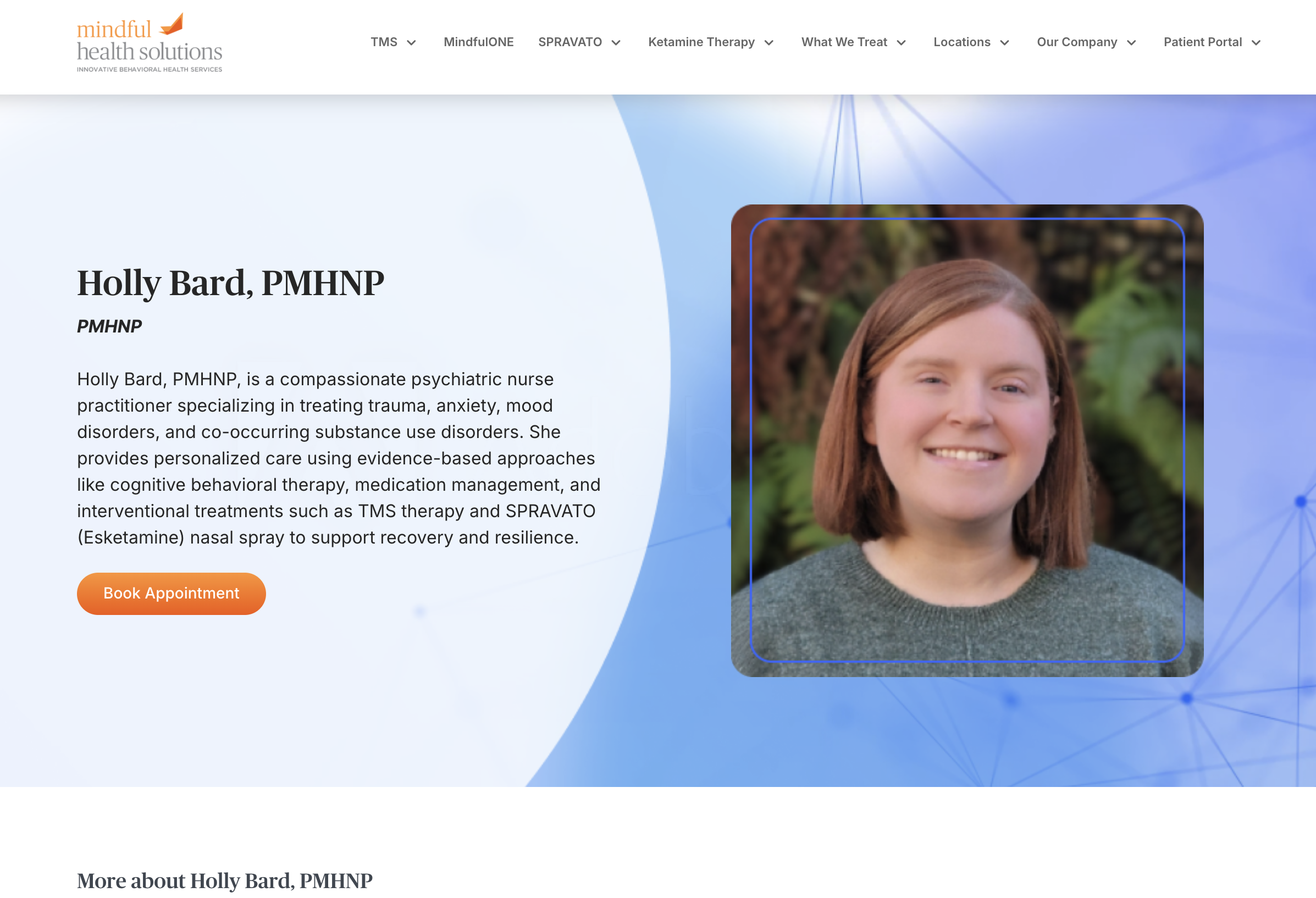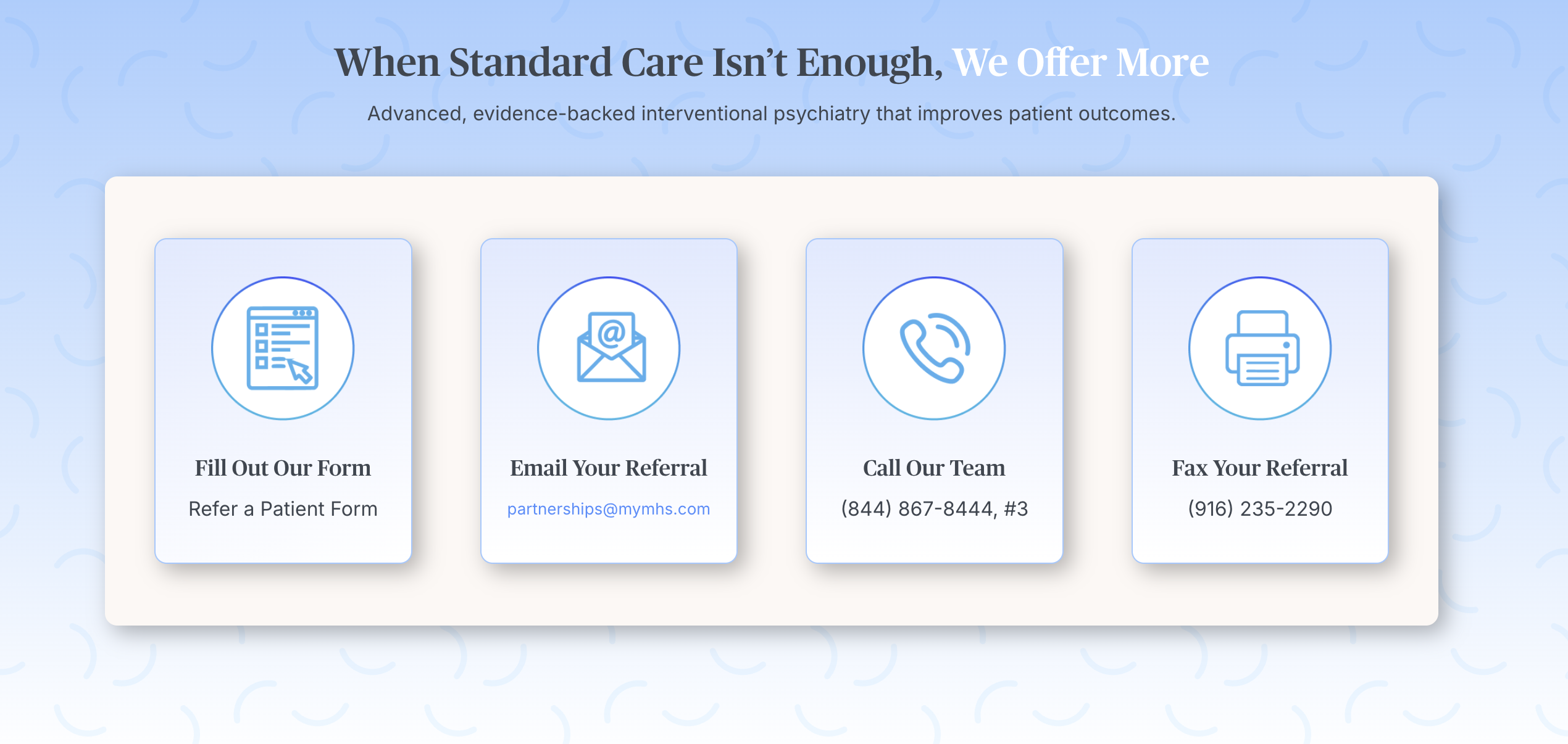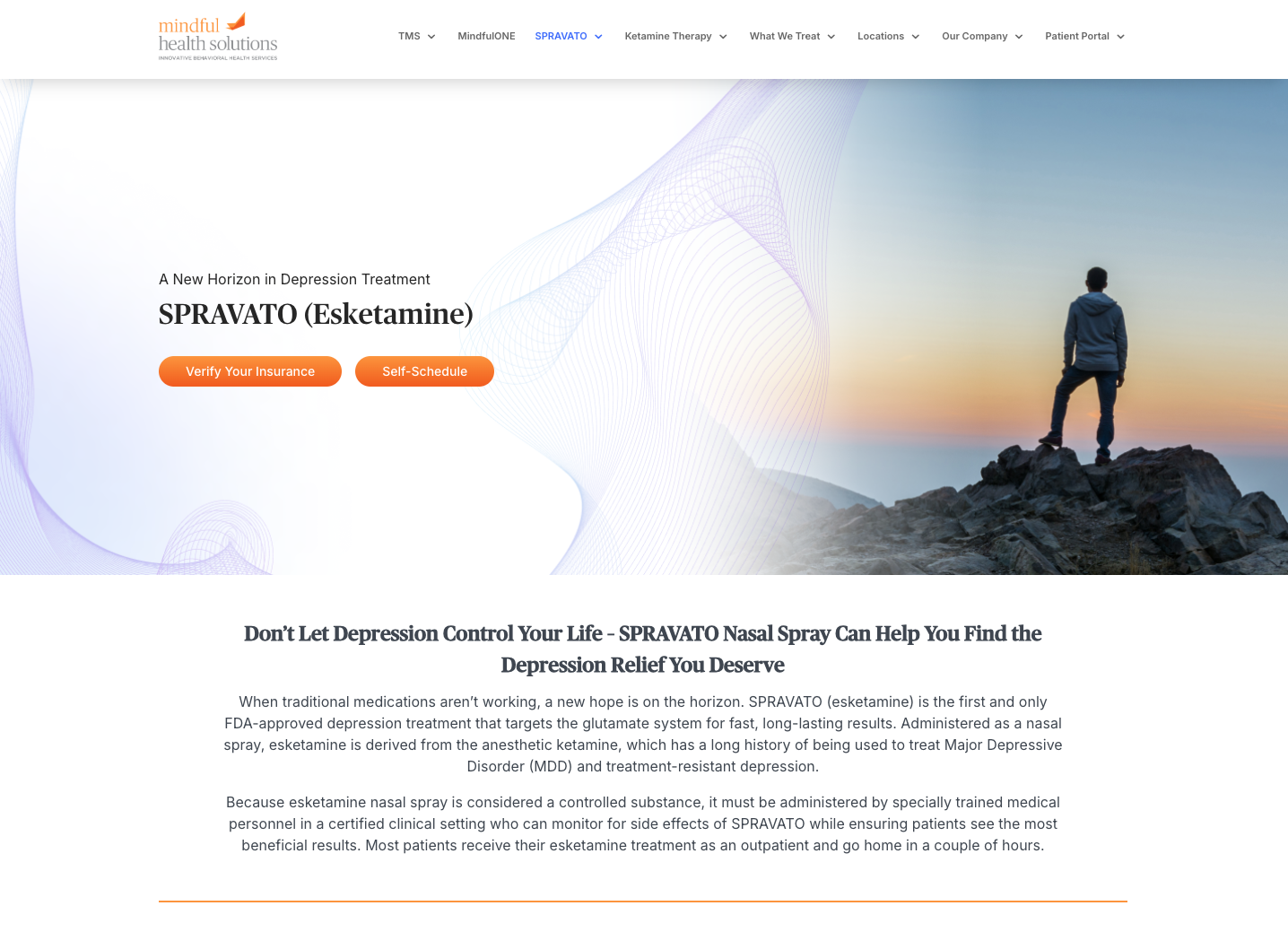Living with clinical depression can be especially difficult, as the disorder drains one’s ability to deal with daily tasks. Such a lack of motivation is exactly what makes recovery so difficult. Work, school, and family responsibilities necessitate a certain level of routine for most of us. But depression has a way of making us lose interest and control of such large tasks, as well as daily self-care. It’s at these moments that we must develop a routine to get us through to brighter days. Handling a routine, however, can take significant mental effort and focus. Here are some tips for harnessing the power of routine when dealing with clinical depression.
Morning Routine: Starting the Day Off Right
Stop us if this sounds familiar. Your alarm goes off as you lie in bed. You have little to no interest in getting up. Isn’t it curious how your bed gets more and more comfortable as the reasons for getting out of bed pile up? Or maybe taking a shower and getting dressed feels as daunting as writing that company report you’ve been putting off. But getting up, getting cleaned up, and dressing yourself in something other than your favorite sweatpants can have a huge effect on the way you feel. If the thought of doing all these things at once feels daunting, try to break up your morning routine into smaller, more manageable tasks.
Tracking Your Routine
If creating and keeping a routine isn’t as easy as it once was – or perhaps your routine is chalk full of unhealthy habits – try creating a day planner and get on a schedule. You can also use this planner as a journal to track progressions in your mood. By comparing what you had planned for your day with what you actually did, you’ll be able to see patterns that may have previously gone unnoticed. Use your planner to navigate the times of day or activities that make you feel anxious or worried. Tracking your emotional trends can help you prepare for times when you feel depressed.
Assess Your Current Routine
The vast majority of us already run on a routine, whether we’re aware of it or not. Daily activities like sleeping, eating, showering, and working usually happen in cycles. To proactively manage symptoms of clinical depression, tracking these repetitive activities helps us make informed decisions about our mental health. Sure, maintaining healthy habits and avoiding poor mental and emotional choices would be ideal, but depression doesn’t always permit such healthy behavior. So start by taking an assessment of your current daily activities and see how the power of routine can work for you.
What to Include in Your Routine
Everybody has different goals and challenges in life, so it’s difficult to say with certainty what you should include in your schedule. Similarly, the effects of depression are different for everyone. But here are a few things that can help bring relief from depression when done on a regular basis:
- Waking up and going to bed at the same time every day. This might be difficult for those with sporadic schedules, but it’s a necessity if you’re experiencing a bout of depression. Make sure to get plenty of sleep as well to help regulate your circadian rhythm, which will help regulate mood and increase brain health. Trouble falling asleep, staying asleep throughout the night, or sleeping too much can be signs of major depressive disorder, so aim for consistent rest. If consistency isn’t your thing, then keeping a log of your sleep as part of your routine will help you gauge your sleep habits.
- Set time aside each day to focus on self-care. While it can be tough to muster the energy for self-care, it can be rewarding to find small victories in healthy tasks.
- Poor appetite or overeating is one of the PHQ-9 factors used to diagnose clinical depression. Keep a consistent meal plan by including meals in your routine. Whether you get the traditional three meals a day or tailor your diet to your needs, get in the habit of consistent consumption.
- Make exercise a routine to avoid and manage clinical depression. When we exercise, our bodies produce high levels of endorphins, which can elevate mood. The prefrontal and limbic regions of the brain create great amounts of endorphins when we exercise. Thwart MDD by routinely doing exercises suited to your abilities











































